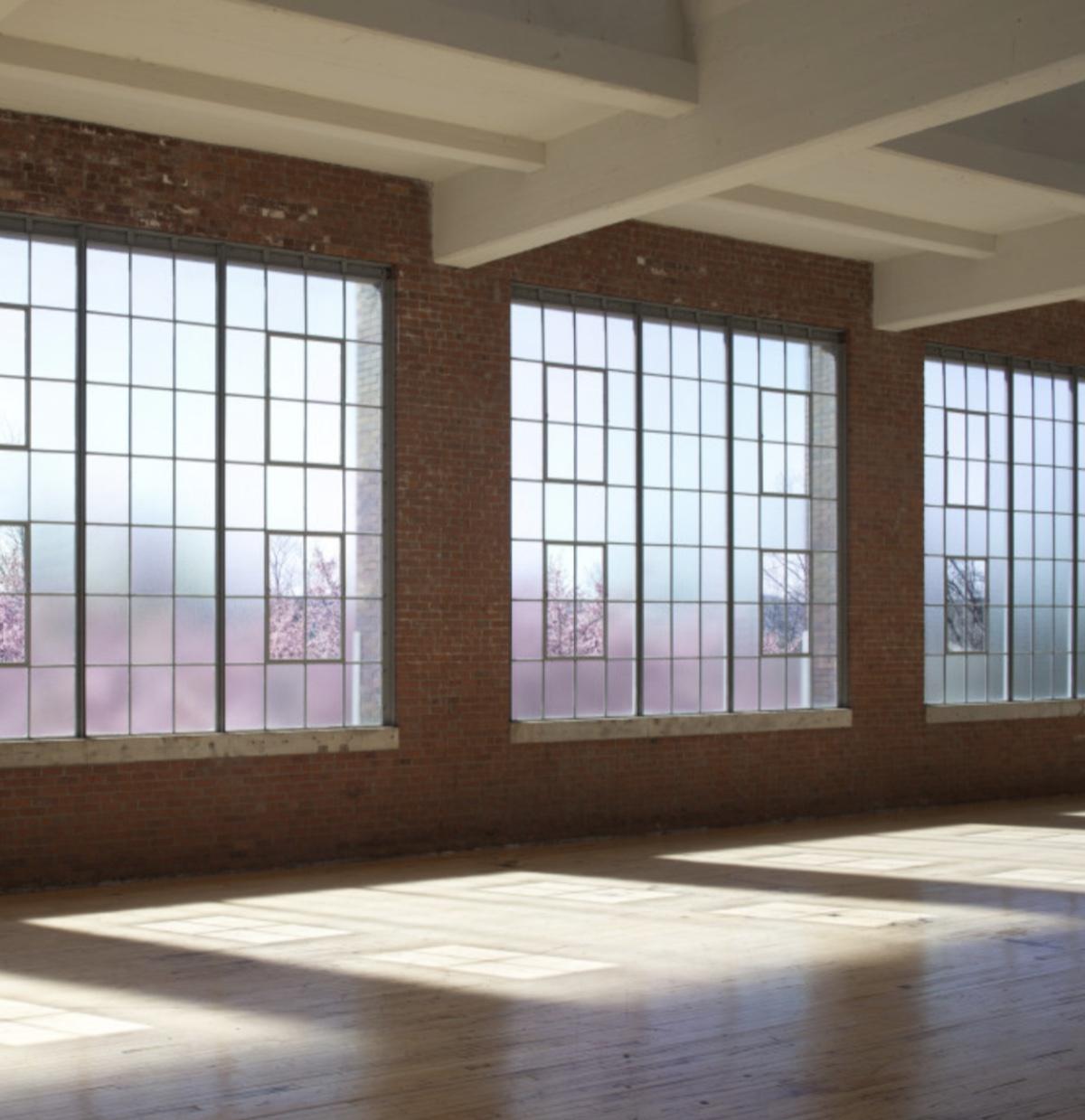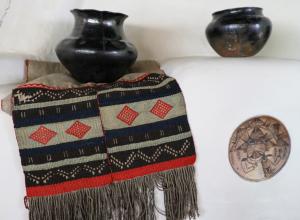Eventually, though, the money dried up, and the Dia Foundation ran into some serious trouble. In November 1985, this culminated in an auction at Sotheby’s in which the Dia Art Foundation sold off eighteen of its works by the likes of Andy Warhol, Cy Twombly, and Donald Judd. This sale signified attempts to salvage the Dia Foundation, as a newly appointed board of trustees and administration also came on the scene during this year. Only Philippa de Menil remained as one of the Foundation’s original founders, as the leadership of the remaining group was proven to be financially disastrous.
While administration and finances ran amok, the first decade of the Dia Foundation resulted in the creation of some of the most significant works and careers of the era. Works include James Turrell’s Roden Crater (1977) and Walter De Maria’s The Lightning Field (1977). These works cost vast quantities of money for their creation and upkeep, and are prime examples of Dia’s commitment to supporting large scale projects that fall far beyond the realm of the traditional art gallery, museum, or patron. The Foundation also supported artist Dan Flavin in founding the Dan Flavin Art Institute in Long Island in 1983, which would later become Dia Bridgehampton. Other influential artists whose careers were bankrolled by the foundation during this time include Donald Judd, John Chamberlain, LaMonte Young, and Maria Zazeela.



























